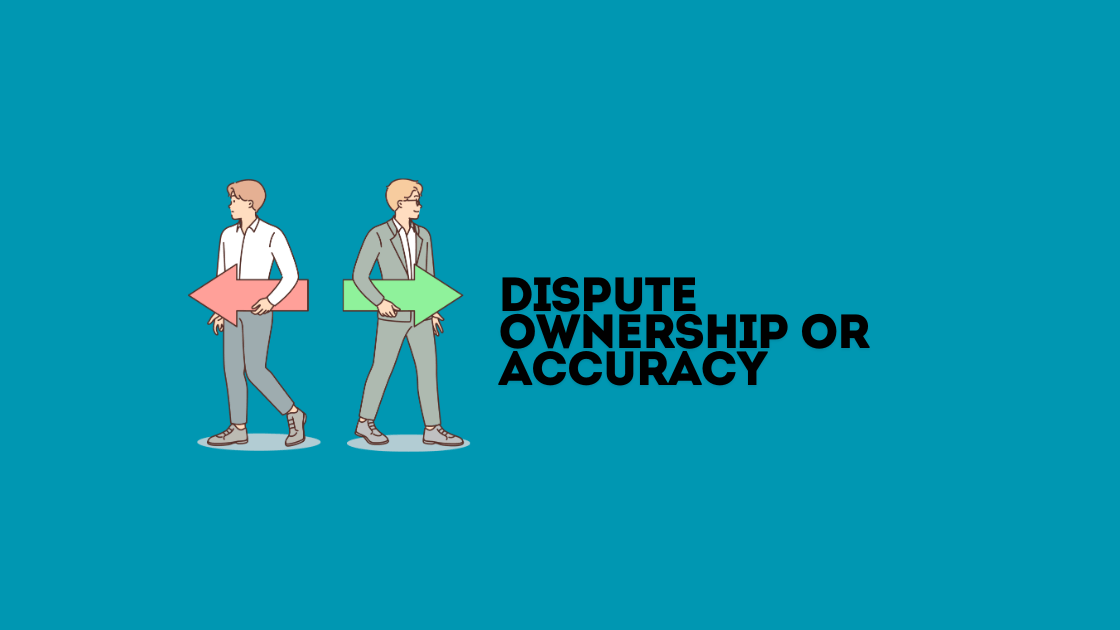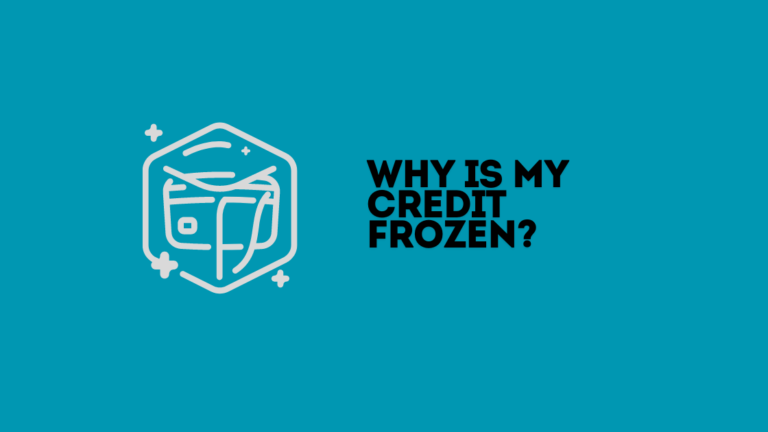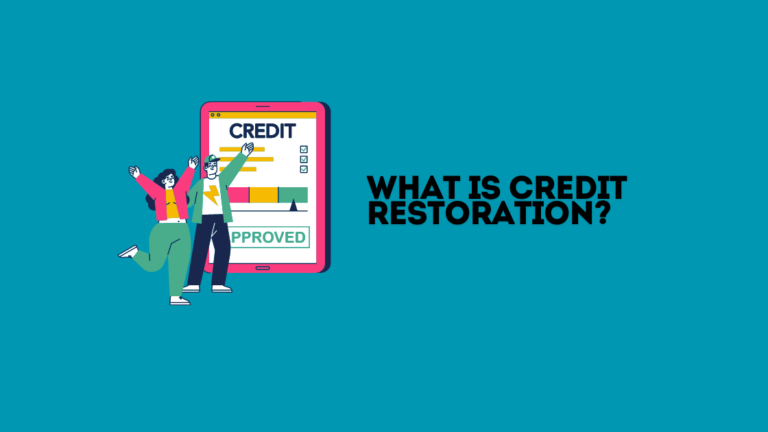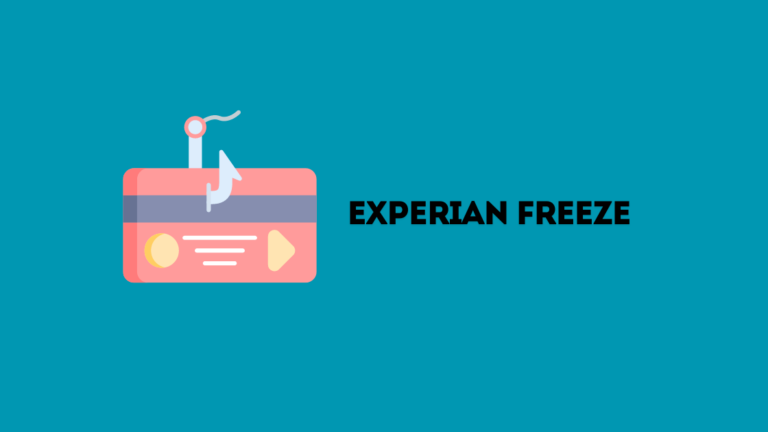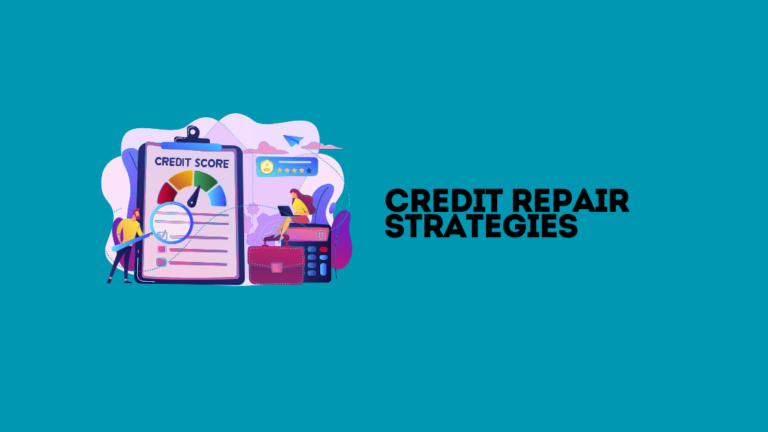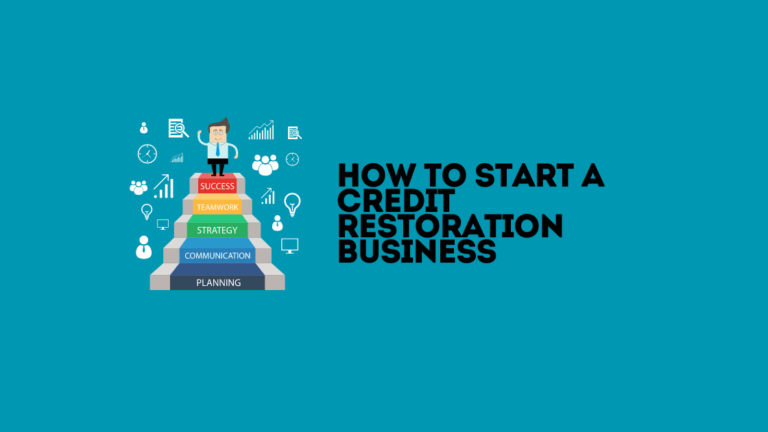Dispute Ownership or Accuracy: Resolve Conflicts with Ease
Disputing ownership or accuracy involves challenging the validity or correctness of information or claims. This requires presenting evidence to support your stance.
Disputing ownership or accuracy is crucial in maintaining integrity and clarity. This process often involves presenting factual evidence to counter false claims or incorrect information. Effective dispute resolution can safeguard your rights and reputation. It also ensures that the correct information prevails.
Understanding the steps and legalities involved in such disputes is essential. This knowledge helps in effectively navigating through the challenges posed by misinformation or wrongful claims.
Always be prepared with concrete evidence and understand the legal frameworks to protect your interests. This approach not only upholds truth but also strengthens your position.
Introduction To Dispute Resolution
Disputes arise in many situations. They can involve ownership or information accuracy. Resolving these disputes is essential. Proper dispute resolution ensures fairness. It also helps maintain harmony. Understanding the nature of these disputes is the first step.
The Nature Of Ownership Conflicts
Ownership conflicts occur when multiple parties claim rights. These rights can be over property or ideas. Such conflicts can disrupt peace. They can also lead to legal battles. To resolve ownership conflicts, clear documentation helps. Agreements should be in writing. This prevents misunderstandings.
Consider these strategies for ownership conflicts:
- Maintain clear records.
- Have written agreements.
- Seek legal advice.
Using these strategies can reduce conflicts. It ensures clarity and fairness.
Accuracy Disputes In Information
Accuracy disputes involve the correctness of information. These disputes can occur in various fields. Examples include news, research, or personal data. Incorrect information can cause harm. It may lead to wrong decisions. To resolve accuracy disputes, verify sources.
Key steps to handle accuracy disputes:
- Check the information source.
- Compare with other reliable sources.
- Consult experts if needed.
These steps help ensure the information is correct. They also help build trust.
Credit: apnews.com
Identifying The Core Issues
Disputing ownership or accuracy can be complex. It is essential to identify the core issues to resolve disputes effectively. This helps in understanding the roots of disagreements and finding suitable solutions.
Ownership Claims And Rights
Ownership claims involve legal rights. These rights determine who owns an asset or information. Understanding these rights is crucial for dispute resolution.
Consider the following:
- Documented Proof: Contracts, deeds, or legal papers showing ownership.
- Intellectual Property: Patents, trademarks, or copyrights protecting ideas.
- Possession: Who currently holds or uses the asset?
Analyze each aspect carefully. This helps in determining the true owner.
Determining The Source Of Inaccuracy
Inaccuracies can arise from various sources. Identifying these sources is crucial for correction.
Common sources include:
- Human Error: Mistakes made during data entry or recording.
- Outdated Information: Information that is no longer current.
- Miscommunication: Incorrect information shared due to misunderstanding.
Use the table below to track inaccuracies:
| Source | Description | Impact |
|---|---|---|
| Human Error | Data entry mistakes | High |
| Outdated Information | Not current | Medium |
| Miscommunication | Incorrect sharing | Low |
Tracking and analyzing these sources helps in correcting inaccuracies. It also prevents future issues.
Legal Frameworks And Ownership Rights
Understanding legal frameworks and ownership rights is crucial. These frameworks help resolve disputes. They ensure fair and just outcomes.
Property Laws And Regulations
Property laws define who owns what. These laws protect your ownership rights. They ensure no one can illegally take your property.
Property regulations manage how property is used. They ensure safe and fair use of property. Here are some key aspects:
- Zoning laws – Control land use in specific areas.
- Building codes – Ensure safe construction practices.
- Easements – Allow others limited use of your property.
Intellectual Property And Copyrights
Intellectual property (IP) laws protect creations of the mind. These include inventions, designs, and brands. Copyrights protect original works of authorship.
Key types of intellectual property include:
- Patents – Protect new inventions.
- Trademarks – Protect brand names and logos.
- Trade secrets – Protect confidential business information.
Copyrights apply to creative works. These include books, music, and art. Copyright laws ensure creators get credit for their work.
| Type of IP | Protection | Duration |
|---|---|---|
| Patents | Inventions | 20 years |
| Trademarks | Brand names, logos | 10 years (renewable) |
| Copyrights | Creative works | Life of author + 70 years |
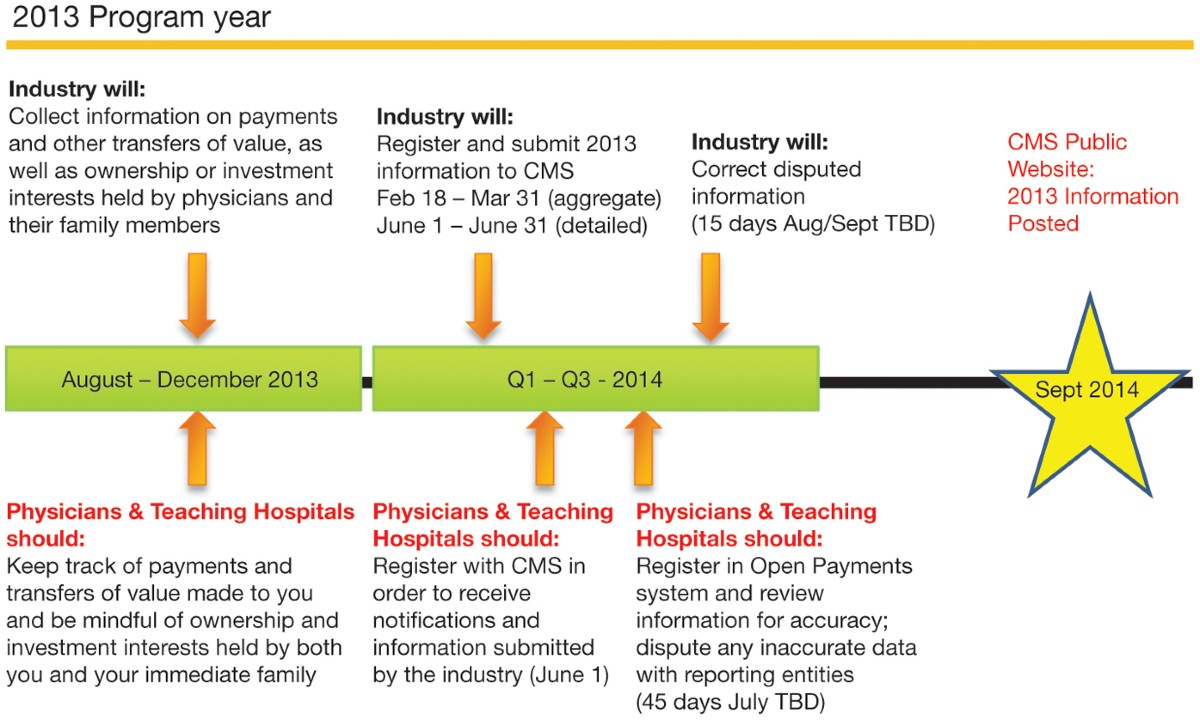
Credit: www.nature.com
Strategies For Resolving Disputes
Disputes over ownership or accuracy can be stressful. Using the right strategies can help resolve conflicts efficiently. These strategies are designed to address the issues fairly and amicably.
Negotiation And Mediation Tactics
Negotiation is the first step in resolving disputes. Both parties discuss their concerns openly. The goal is to find a mutual agreement. Here are some effective negotiation tactics:
- Stay calm and composed.
- Listen actively to the other party.
- Focus on interests, not positions.
- Be willing to compromise.
Mediation involves a neutral third party. This mediator helps both sides reach a solution. Key mediation tactics include:
- Choose an experienced mediator.
- Prepare your case thoroughly.
- Be open to different perspectives.
- Work towards a win-win outcome.
Arbitration Vs. Litigation
Arbitration and litigation are formal dispute resolution methods. Arbitration involves a neutral arbitrator who makes a binding decision. It’s faster and more private than litigation. Key points of arbitration:
- Less formal than court proceedings.
- Confidential and private.
- Binding decision by the arbitrator.
Litigation involves taking the dispute to court. A judge or jury makes the final decision. Litigation can be time-consuming and public. Key points of litigation:
- Formal court process.
- Public records of proceedings.
- Binding decision by a judge or jury.
| Criteria | Arbitration | Litigation |
|---|---|---|
| Formality | Less formal | Highly formal |
| Time | Usually faster | Often lengthy |
| Privacy | Confidential | Public record |
| Decision | Binding by arbitrator | Binding by judge or jury |
The Role Of Documentation
Documentation plays a critical role in resolving disputes about ownership or accuracy. Proper records and evidence can make or break your case. This section explores how to maintain accurate records and leverage evidence effectively in disputes.
Maintaining Accurate Records
Accurate records are the backbone of any dispute resolution. Keep detailed records of all transactions, communications, and agreements. Use both digital and physical formats to store your documents securely.
Here are some tips for maintaining accurate records:
- Organize Documents: Use folders and labels to categorize your files.
- Date Everything: Always include dates on your documents for easy reference.
- Back-Up Files: Regularly back up your digital files to avoid data loss.
- Store Securely: Keep physical documents in a safe, waterproof location.
By following these tips, you can ensure your records are both accurate and accessible.
Leveraging Evidence In Disputes
Evidence is crucial in any dispute. It helps validate your claims and disprove false allegations. Gather as much evidence as possible to support your case.
Types of evidence you can use include:
| Type of Evidence | Examples |
|---|---|
| Written Documents | Contracts, Invoices, Emails |
| Photographic Evidence | Photos, Videos, Screenshots |
| Witness Statements | Affidavits, Testimonies |
Organize your evidence in a logical manner. Present it clearly and concisely. Use labeled folders and chronological order to make your evidence easy to navigate.
Strong evidence can significantly improve your chances of winning a dispute. Always be prepared with well-documented and organized proof.
Communication Skills In Conflict Resolution
Effective communication is crucial in resolving disputes. Improving communication skills helps ease tensions and reach agreements. Two key skills are active listening and empathy, and articulating positions clearly.
Active Listening And Empathy
Active listening is fully concentrating on the speaker. It involves understanding their message, responding thoughtfully, and remembering their words. This makes the speaker feel valued.
Empathy means understanding and sharing another person’s feelings. It helps in seeing their perspective. This reduces conflicts and builds trust.
Combining active listening and empathy creates a supportive environment. This encourages open and honest communication.
Articulating Positions Clearly
Clear articulation of your position helps in expressing your viewpoint effectively. Use simple words and short sentences. Avoid jargon and complex language. This ensures everyone understands your points.
Use “I” statements to express your feelings and needs. For example, “I feel concerned about this issue.” This reduces defensiveness in the listener.
State your desired outcome clearly. This helps in finding common ground. Effective articulation builds mutual respect and understanding.
| Skill | Description |
|---|---|
| Active Listening | Concentrating fully on the speaker and understanding their message. |
| Empathy | Sharing and understanding another person’s feelings. |
| Clear Articulation | Expressing your viewpoint in simple, understandable terms. |
Technology In Dispute Resolution
Technology is changing how we resolve disputes. It brings speed and accuracy.
Online Dispute Resolution Platforms and Blockchain for Transparency and Verification are leading this change.
Online Dispute Resolution Platforms
Online Dispute Resolution (ODR) platforms use technology to resolve conflicts.
They offer tools for negotiation, mediation, and arbitration.
ODR platforms save time and money. They help resolve disputes faster.
Users can access them from anywhere. This makes them very convenient.
| Feature | Benefit |
|---|---|
| 24/7 Access | Resolve disputes anytime |
| Cost-Effective | Lower legal fees |
| Global Reach | Access from any location |
Blockchain For Transparency And Verification
Blockchain technology ensures transparency in dispute resolution.
Each transaction is recorded in a secure ledger. This ledger is tamper-proof.
Blockchain makes it easy to verify information. It prevents fraud and ensures trust.
All parties can see the same data. This reduces misunderstandings.
- Transparency
- Security
- Trust
Blockchain also speeds up the process. It automates verification steps.
This reduces the time to resolve disputes.
Case Studies: Successful Dispute Resolutions
Disputes over ownership or data accuracy can be stressful. But, with the right approach, successful resolutions are possible. This section highlights real-life examples of solved disputes. These stories inspire and provide practical tips.
Real Estate Ownership Conflicts
Real estate ownership conflicts are common. They can cause delays and financial losses. In one case, two parties claimed ownership of a property.
Key steps to resolution:
- Gather all relevant documents.
- Hire a qualified mediator.
- Verify land titles and deeds.
- Consult legal experts.
The mediator reviewed the documents. The legal experts verified the titles. They found a clerical error in the records. This discovery led to a fair settlement. Both parties were satisfied.
Resolving Academic Data Inaccuracies
Academic data inaccuracies can affect student records. These errors can impact grades and future opportunities. In one case, a student noticed a mistake in their transcript.
Steps to correct academic data:
- Report the issue to the school administration.
- Provide proof of the correct data.
- Request a formal review.
- Follow up regularly.
The student reported the error. They provided proof of their grades. The administration reviewed the case. They corrected the transcript. The student’s future opportunities were secured.
| Dispute Type | Resolution Method | Outcome |
|---|---|---|
| Real Estate Ownership | Mediation and Legal Review | Clerical Error Found, Fair Settlement |
| Academic Data | Formal Review Process | Transcript Corrected |
Preventing Future Disputes
Disputes about ownership or accuracy can disrupt harmony and trust. Preventing these disputes is essential for smooth operations and strong relationships. Implementing proactive measures and fostering a culture of clarity and honesty can significantly reduce conflicts.
Proactive Measures And Best Practices
Proactive measures are essential to avoid future disputes. They help in setting clear expectations and guidelines. Here are some best practices:
- Document all agreements clearly.
- Regularly review and update records.
- Ensure consistent communication with all parties involved.
- Implement a reliable dispute resolution process.
Creating clear and concise documentation can prevent misunderstandings. Regular reviews ensure that all information is up-to-date and accurate. Consistent communication keeps everyone on the same page. A reliable dispute resolution process provides a safety net in case conflicts arise.
Creating A Culture Of Clarity And Honesty
Fostering a culture of clarity and honesty is crucial. Here are some strategies to achieve this:
- Encourage open and honest communication.
- Provide regular training on conflict resolution.
- Reward transparency and integrity.
- Lead by example in maintaining honesty.
Open communication helps in addressing issues before they escalate. Regular training equips individuals with the skills needed to manage conflicts effectively. Rewarding transparency promotes a culture of trust. Leaders must demonstrate integrity to inspire the same in others.
| Proactive Measures | Culture of Clarity and Honesty |
|---|---|
| Document agreements | Encourage open communication |
| Review records | Provide conflict resolution training |
| Consistent communication | Reward transparency |
| Dispute resolution process | Lead by example |
Conclusion: Embracing Resolution
Embracing resolution is crucial for growth and harmony. It helps build trust and understanding. Properly managing disputes can transform conflicts into opportunities. Let’s explore the benefits of effective conflict management and the importance of continual learning and improvement.
The Benefits Of Effective Conflict Management
Effective conflict management offers numerous benefits:
- Improves Relationships: Resolving disputes strengthens bonds and fosters mutual respect.
- Boosts Productivity: A harmonious environment enhances focus and efficiency.
- Encourages Innovation: Addressing conflicts can lead to creative solutions and new ideas.
- Enhances Communication: Open dialogue improves understanding and reduces misunderstandings.
These benefits contribute to a healthier and more productive environment.
Continual Learning And Improvement
Continual learning is key to managing conflicts effectively. Here are ways to foster it:
| Method | Description |
|---|---|
| Training Programs | Provide employees with conflict resolution training. |
| Feedback Mechanisms | Encourage regular feedback to identify and address issues early. |
| Mentorship | Pair employees with mentors to guide them through conflicts. |
These methods help create a culture of continuous improvement. By embracing resolution, businesses can turn challenges into learning experiences. This approach leads to a more resilient and adaptable organization.

Credit: www.versapay.com
Frequently Asked Questions
1. Is It Better To Dispute Ownership Or Accuracy On A Collection?
Dispute accuracy if the debt is incorrect. Dispute ownership if the debt isn’t yours. Always provide supporting evidence.
2. What Is The Difference Between Disputing Accuracy And Ownership?
Disputing accuracy means challenging the correctness of the information. Disputing ownership questions who owns the information.
3. What Happens If You Dispute The Accuracy Of Information In Your Credit File?
You can file a dispute with the credit bureau. They will investigate the claim. If the information is incorrect, they will update your credit report.
4. What Is The Best Reason To Put When Disputing A Collection?
The best reason for disputing a collection is inaccurate information. Highlight errors in the debt amount, dates, or creditor details.
5. What Is Ownership Dispute?
An ownership dispute occurs when multiple parties claim rights to the same property or asset.
Conclusion
Navigating disputes over ownership or accuracy is crucial for maintaining trust. Effective communication and clear documentation can help resolve conflicts. Always prioritize transparency and fairness in your dealings. By doing so, you can protect your reputation and foster stronger relationships.
Stay informed and proactive to ensure smoother dispute resolution processes.

